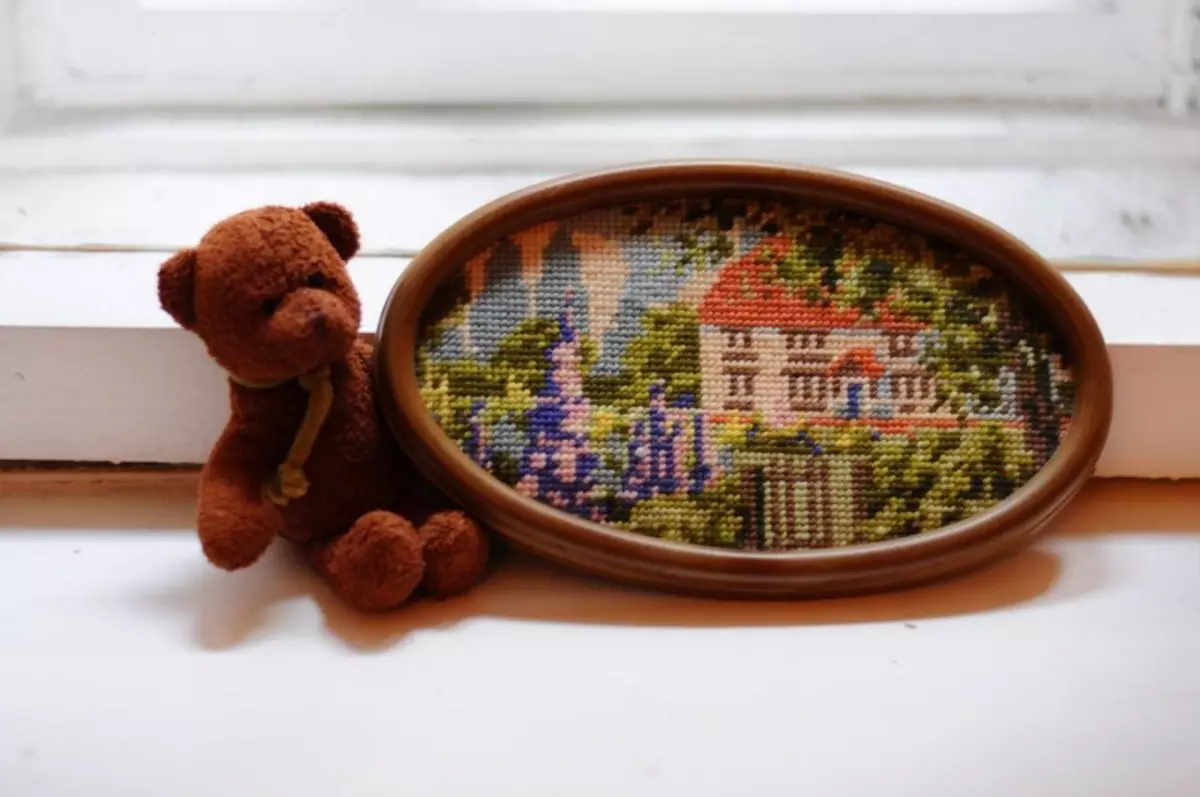
Today, the crossing of the cross is one of the most popular hobbies among women with a cross - one of the most original and sought-after art types, which attracts very many needlewomen. The cross-stitch has long been used to decorate housing, shoes, clothes. Over time, the art of embroidery with a cross was increasingly improved. Now the embroidery of the cross implies with the art of decorating various fabrics and finished products with a beautiful ornament and a beautiful plot pattern. Embroidery can be performed not only manually, but there is a machine embroidery. The preserved embroidery helps to feel the entire transmitted atmosphere of the past and fully experience its value for every people.
Beautiful cross stitch: creating history
Among the many masters enjoys a big demand for embroidery with a cross, however, not everyone knows what the story of creating embroidery. At all times, the embroidery with a cross enjoys great demand, as it allows you to be interested in expressing your individuality. The motifs of embroidery changed over time and were increasingly improved.
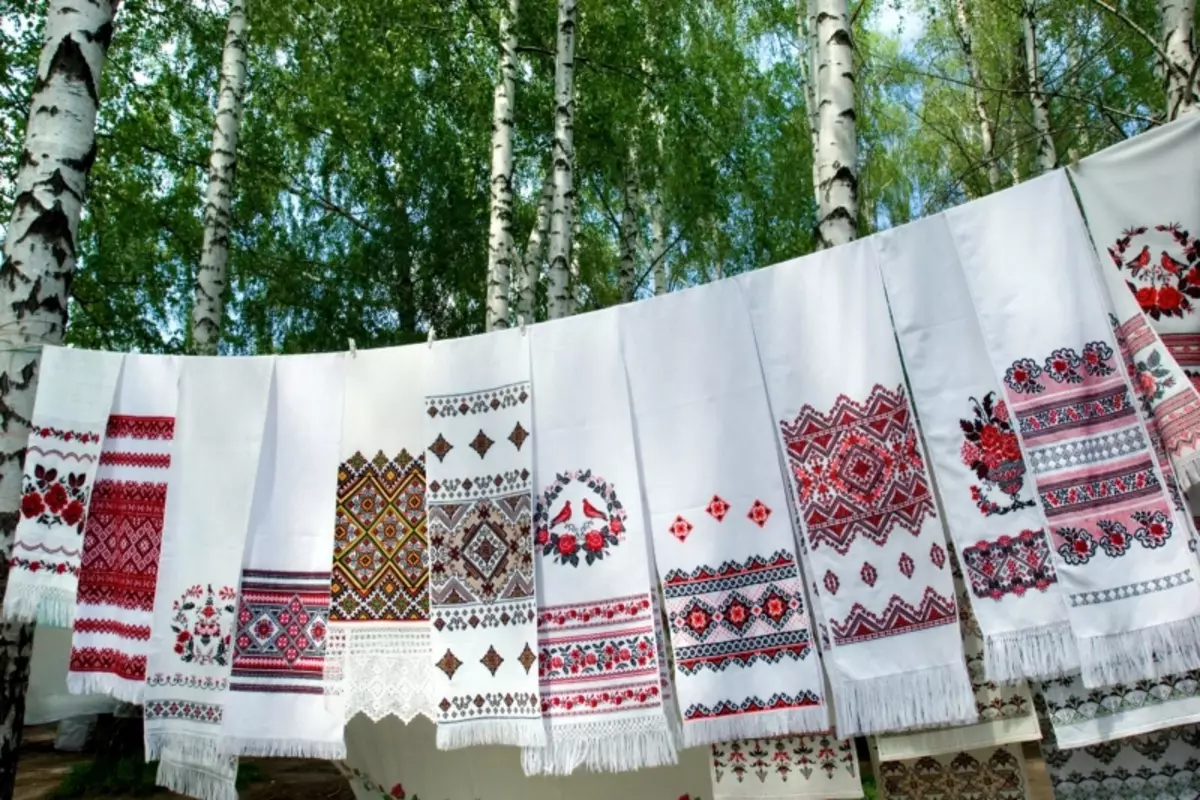
Before decorating various embroidery products, it is necessary to study the history of creating an ornament, because often patterns have their own special sacred meaning.
Initially, embroidery was used for products that served as a faith, the motive for which was served:
- Natural patterns;
- Motives taken from everyday life;
- Original ornaments.
As embroidery develops, more original and modern motives appeared, each of which has its own designation. The preserved motives of the work allow us to evaluate all the beauty and unusual antique embroidery for which expensive materials were used, as well as to have a complete picture of the life of ancestors.
Important! Before embarking on embroidery, it is necessary to pre-carefully examine the history of its occurrence, as well as the peculiarity of each ornament.
What started the story of embroidery with a cross in Russia
Initially, embroidery in Russia was an occupation exclusively for the elect, which included only representatives of the nobility and monks.
Article on the topic: How to cover the sofa properly?
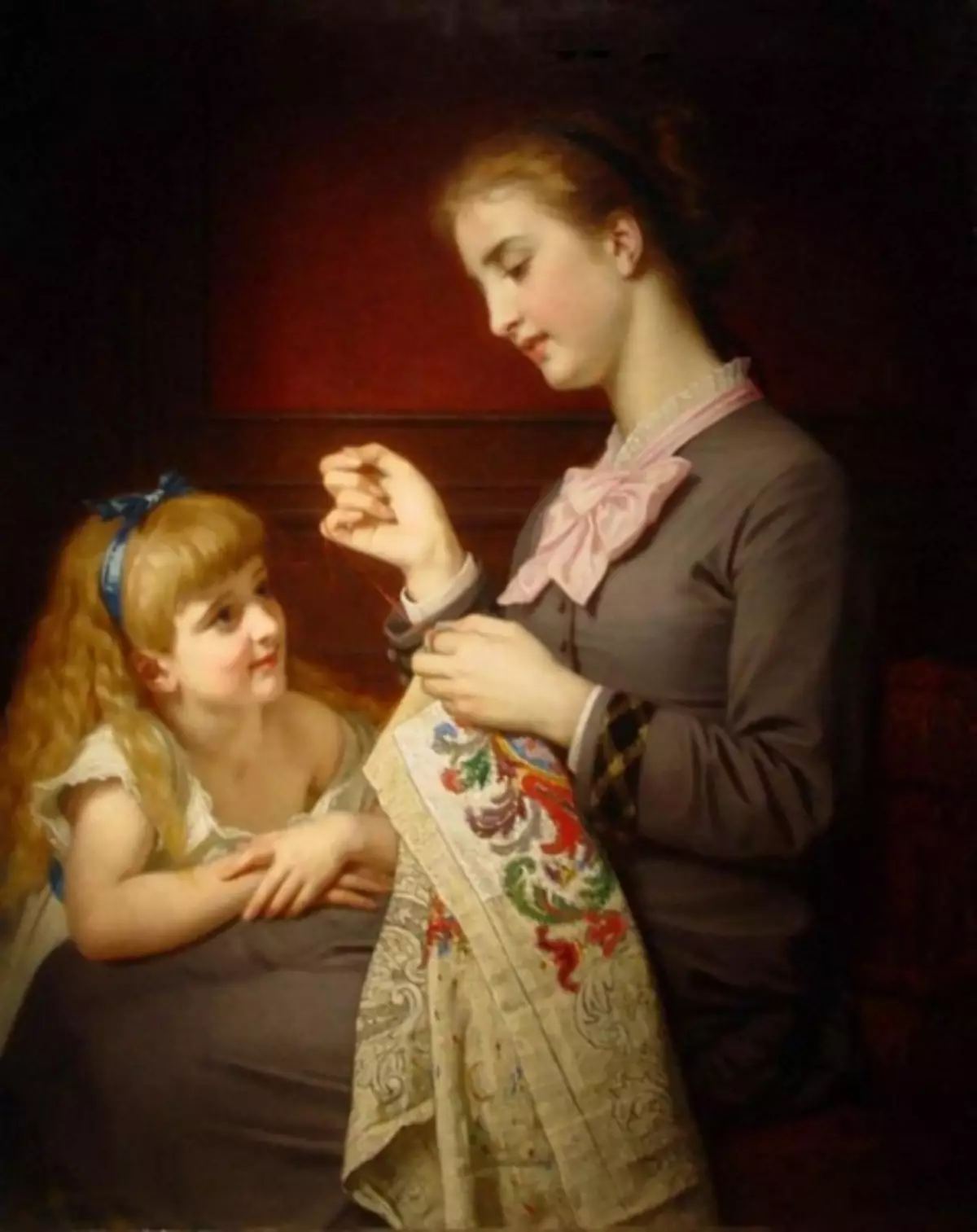
If earlier embroidery was a privilege of nobility, now various tools, threads and ornaments for embroidery are available to all wishing needlewomen
Material for work served expensive fabrics, namely silk or velvet, as well as:
- Silver and gold threads;
- Pearl;
- Gems.
Starting from the 18th century, an embroidery cross ceases to be the privilege of noble and becomes available for simple peasant girls. From this point on, the history of Russian embroidery passes completely to a new level, and completely new original patterns appear.
Russian embroidery was very strongly influenced by the Byzantium, so the interlacing of various styles is visible in the works of masters. Now the embroidery of the cross goes to a completely new level and enjoys great demand.
Historical Help for Cross Embroidery: Feature and motifs
The historical certificate of the old embroidery cross did not save accurate information about the emergence of this type of art and the master, which first began to embroider with a cross. It is only known that the woman's embroidery was engaged in antiquity.
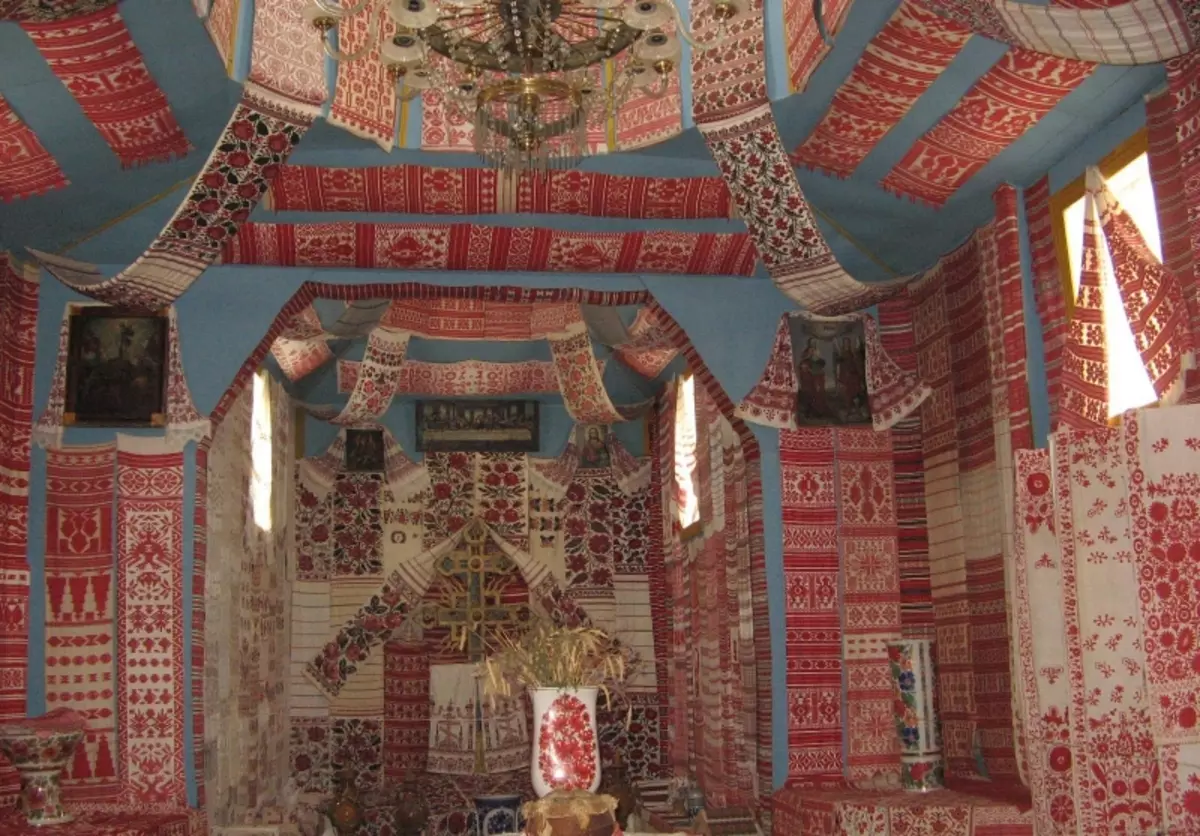
Embroidery is a great opportunity to get acquainted with the history and culture of various peoples.
Embroidery, as well as any other art, is characterized by the fact that it is:
- Displays the culture of a certain country;
- National traditions;
- Features of the region.
The historical certificate of embroidery cross briefly tells about the national characteristics of each people. An embroidery with crossed colors and patterns that masters were widely used in their works. In those days, bed linen, curtains, clothes, towels and many other things were decorated with embroidery. Very often used embroidery and for decorating a wedding dress of the bride.
The most real works of art craftsmen embroidered in the East, using the most original and bizarre patterns for this, which still fascinate with their extraordinary beauty.
The hand embroidery with the cross is currently very high and equated to the cost of precious stones and gold.
Article on the topic: Doors coupe with photo printing for dressing room
Stories of crossing the cross: why it all started
For many, an embroidery cross is not only a very interesting and exciting occupation, but also the opportunity to decorate their home with beautiful products. From the moment of the appearance of this art, a lot of time has passed, however, it does not lose its relevance and now.
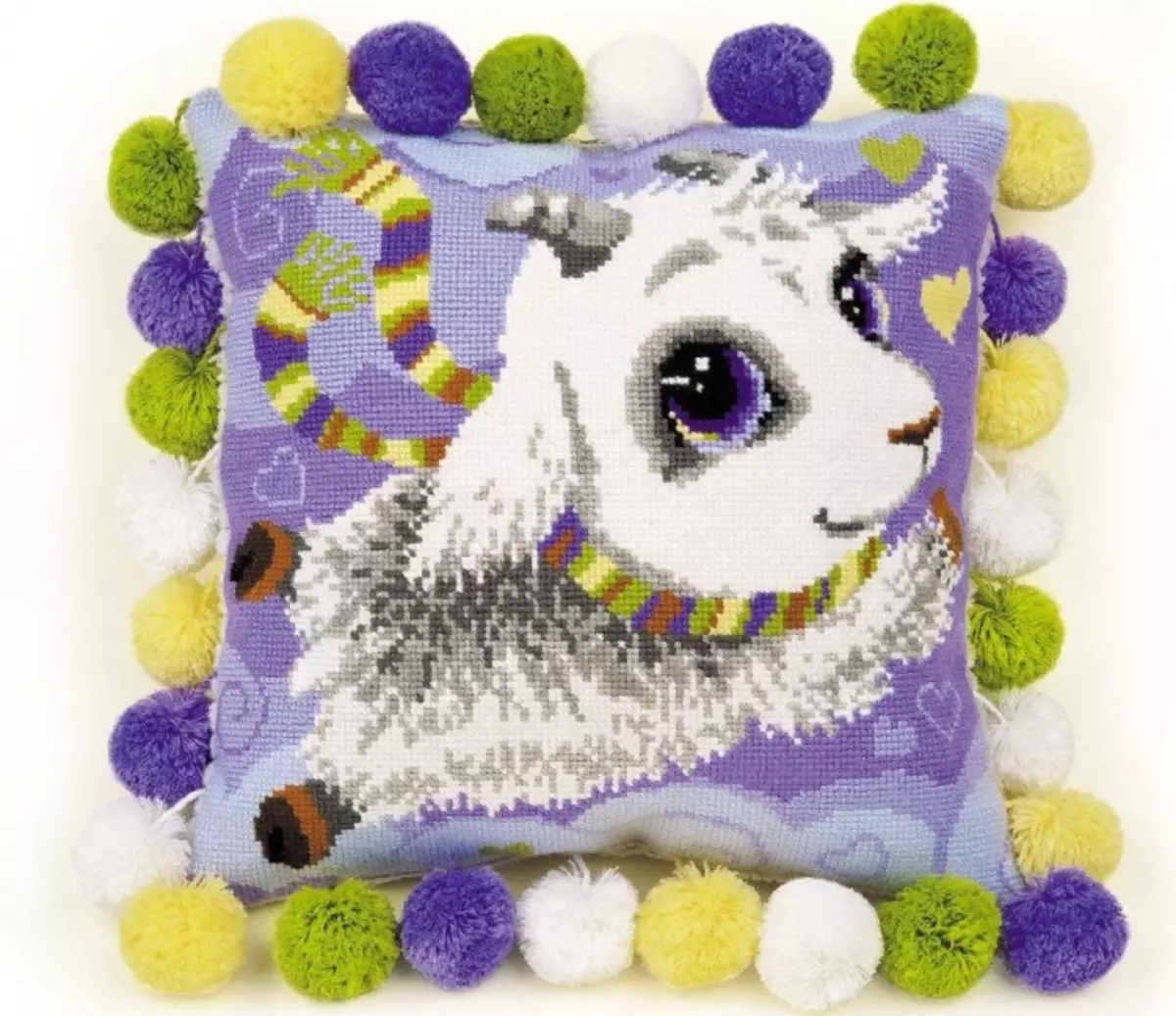
An embroidery of the cross has long served not only to the decoration of the house, but also was a powerful facing family
Pictures for embroidery at different times vary greatly, because at different times were popular:
- Biblical motifs and patterns;
- Plant ornaments;
- Original images of various animals and birds.
Each pattern has its own definite symbolic value and embroidered strictly as defined color. There are many embroidery embroidery options, however, the most popular and demand is used by a simple unilateral complete cross. With such an embroidery and the facial and the wrong side is very neat. Observing uncomplicated embroidery rules, you can make the finished product very beautiful and neat.
What a cross-stitch story (video)
All the favorite embroidery of the cross has its rather interesting story of this type of art. In addition, each pattern used for embroidery and ornament has its own history of occurrence and designation.
